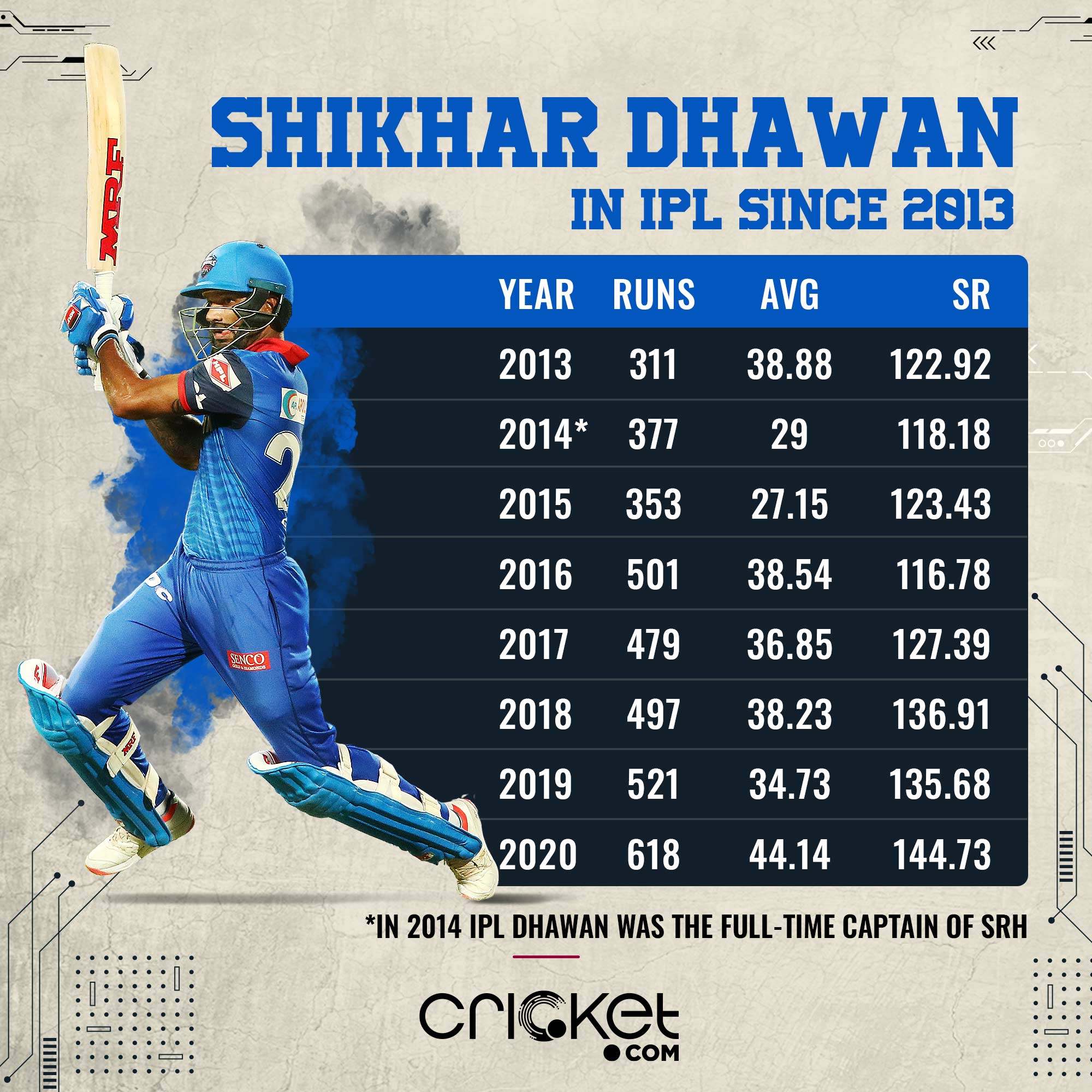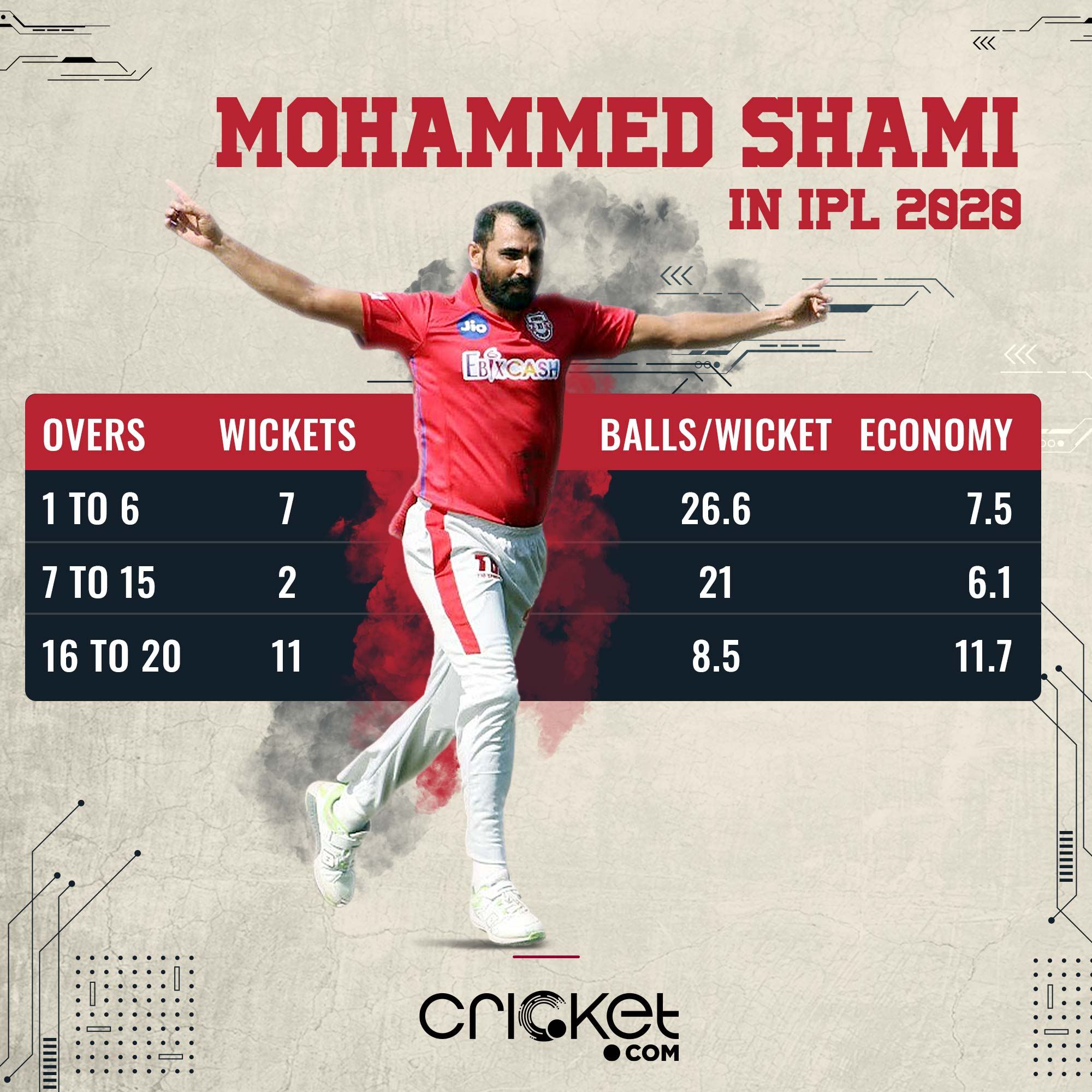 OPINION
OPINIONI have often seen that the first person tone is reserved in cricket articles for well-known figures — an ex-cricketer, or a commentator. Having spent 72 days in a bio-secure bubble to cover IPL 2020 as a Hawk-Eye analyst, and having undergone ten completely free-of-cost COVID19 tests, my sense of self-importance is at an all-time high and I have ventured into the first person territory.
There is the element of I-know-it-all that starts creeping in after having worked a few years in the industry. But funnily enough, every time you think you have got the patterns sorted out, the match-ups, the tactics to make AB de Villiers surrender even before facing a ball, the game does manage to humble you in more ways than one. It forces you to relook, recalibrate and reform your opinions. Here are a few of those thoughts from IPL 2020, presented in two parts.
Read Part 2 of the article, here.
Indian captains, their scoring rates and the different side of Shikhar Dhawan:
As the T20 game seems to be developing towards the idea of batsmen going hard, pushing the scoring rate, the Indian regulars have gone the other way. Be it Virat Kohli (S/R 121.3), Rohit Sharma (127.7), Shreyas Iyer (123.3), Rishabh Pant (114) or KL Rahul, the gold standard (forgive the advertising hangover) of Indian T20 batting (who knocked around at a rate of only 129.3 this season). The funny caveat here is that four of these five are captains of their respective franchises.
Amidst all this, I had given up hopes on Shikhar Dhawan, the T20 opener, who repeatedly proved me and my fantasy team wrong as he scored at a monstrous rate (relative to his Indian mates) of 144.7, easily his best in any IPL season. He showed he had that additional gear which as a naturally aggressive batsman he had shown signs of without really breaking the frontier in T20s.
It is distinctly evident from the fact that it took him 265 innings to score his first T20 century despite playing as an opener. He found that experience so great, he promptly went on to score another one in his very next innings, thus becoming the first batsman to score back-to-back centuries in the IPL. I liked this version of Dhawan, who doesn’t muck around with the bat in the middle overs so much that I finally decided to pick him in my team before the knockout stages. The only parting thought about that call is - Life can be cruel.

Fun Fact: Dhawan’s worst season in the IPL (in terms of strike rate) after being an India regular came in 2014, the only edition in which he was the captain of his side. The learning here is don’t make your best Indian batsman the captain of the team. The moment he thinks, he is the most important batsman of the side, the ‘anchor’ weighs him down.
The curious case of Mohammed Shami
It has been well established by now that Shami is a class act in the red-ball format. In fact, amongst first-change bowlers, he is the best pacer in the history of Test cricket (in terms of balls/wicket). When it comes to ODIs, Shami has been a consistent wicket-taker, his strike rate being the third-best in ODI history after Mitchell Starc and Mustafizur Rahman (amongst pacers with minimum 100 wickets). If you add the perception bias of Shami landing yorkers at will, he seems like a straight shoo-in as an Indian pacer in an IPL team, right?
Well, let’s just park that thought. The truth is, since the start of the IPL to the end of the 2019 edition, only one Indian pacer had a bowling average worse than him: Ajit Agarkar. Similarly, only one Indian pacer fared worse in terms of economy rate: Hardik Pandya. If you are the kind of person who relies on numbers, the conclusion was simple, Shami is probably the worst Indian pacer to have played in the IPL. I am not one for superstitions and definitely not part of the brigade that attributes anything unusual happening around the world to the year 2020. From what I saw this year from Shami, you can say that I am a convert.
Shami picked up 20 wickets, the second-highest for any Indian pacer. Apart from that, he delivered a crushing Super Over to the duo of Quinton de Kock and Rohit Sharma, managing to defend 5 runs. In the first 35 IPL games of his career, Shami picked up 21 wickets, in his next 28, he has picked up 39.

No doubt, Shami was assisted by the decks at Dubai and Abu Dhabi, which suited his style of new ball bowling. But credit should be given where due. It should not, however, be assumed by any means that he is a complete T20 bowler. His Super Over super-heroics is only going to add to the perception bias that he is a great death bowler but a closer look and you will see that he went for 11.7 runs an over during the death overs— the worst for any Indian pacer and the second-worst overall (after Tom Curran) in the tournament. Though he did pick up 11 wickets in the back five of an innings, if you have Shami in your team, he needs to bowl out the majority of his overs before the end stretch. That is where he can influence games more.